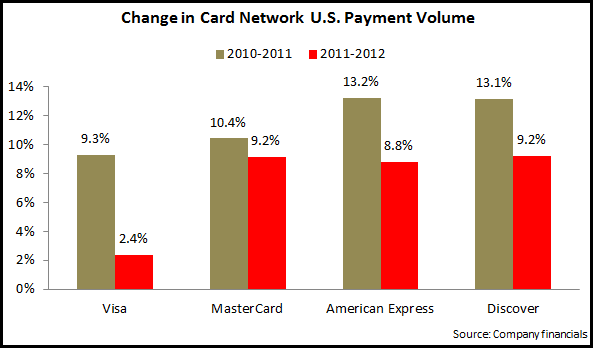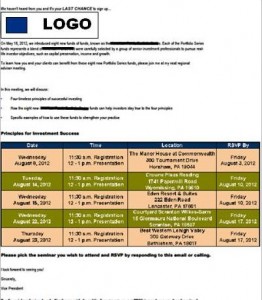With the proliferation and increased power of smartphones—a recent Pew Research Center survey finding that 56% of adults now own a smartphone—many more consumers use their mobile phones for a wide range of activities, including mobile banking. The Federal Reserve Board found that 28% of mobile phone users banked with their device in April 2013, up from 21% a year earlier.
Now banks are looking to move beyond basic mobile banking to enable consumers to conduct a much wider array of banking and payments transactions over their mobile phones. And the banks plan to package this enhanced functionality into a mobile wallet. According to a recent survey published by Clear2Pay, 43% have plans to deploy a mobile wallet offering in the next 6-12 months. The mobile wallet would provide important customer retention, engagement, cross-sell and ultimately revenue generation benefits. However, there are significant hurdles to overcome, including technology issues, competitive pressures, and consumer resistance.
With this in mind, the following are some key steps for banks to take to prepare for a mobile wallet future:
- Develop a dedicated group. Banks should create a dedicated group to develop and implement a mobile wallet strategy. This group would include representatives from various bank departments, such as retail banking, payments, channel, marketing, and IT. This group would also champion mobile wallets to key stakeholders—including senior management—within the bank organization.
- Continue to grow mobile banking subscribers. Today’s mobile banking customers are the most likely segment to embrace mobile wallets, so banks should continue to encourage their customers to try out and continue to use mobile banking services. Some of the leading U.S. banks have already built up impressive mobile banking user numbers, including Chase (14.0 million active mobile banking subscribers in 2Q13, +32% y/y), Bank of America (13.2 million, +28%) and Wells Fargo (10.7 million, +29%).
- Introduce more advanced mobile banking functionality. As consumers have become comfortable with using mobile banking for basic banking activities (such as checking balances), banks are starting to incorporate additional functionality, such as mobile check deposit and mobile bill pay. USAA recently introduced voice technology to its mobile banking app. Consumers’ gradual adoption of more advanced functionality makes the jump to mobile payments less daunting.
- Conduct consumer and merchant research. To get some direction on how to position and market mobile wallets, banks should conduct research into
- Attitudes to, and interest in using, mobile wallets
- Reasons for using/not using mobile wallets
- Preferred mobile wallet components
- Most trusted providers
- Types and levels of incentives that would drive usage
- Distinguish mobile wallets from mobile payments. For many consumers–and even industry commentators—mobile wallets and mobile payments are the same thing. However, mobile wallets encompass a wider array of services, including mobile offers and loyalty programs. For consumers already using mobile banking services, transitioning to mobile wallets may be more seamless than switching to standalone mobile payments.
- Promote banks’ perception as trusted providers of mobile wallets. A 2011 Fiserv research study found that banks constituted the most trusted provider of mobile wallets, far ahead of credit card companies and mobile phone providers. Banks should leverage this high trust level to position themselves against alternative providers.
- Leverage partnerships. Payments networks like Visa are already leading the way in the development of digital wallets. Over the past 12 months, Visa has entered in agreements with leading banks like TD Bank, Bank of America and U.S. Bank, to distribute its V.me by Visa digital wallet to their customers. Entering into such partnerships early in the evolution of digital/mobile wallets enables these banks to get an early start in marketing such services.
- Develop mobile wallet offers. Based on consumer research and competitive analysis, develop a series of offers to drive different mobile wallet behaviors, such as initial trial, continued usage, usage of new functionality, and referral.

